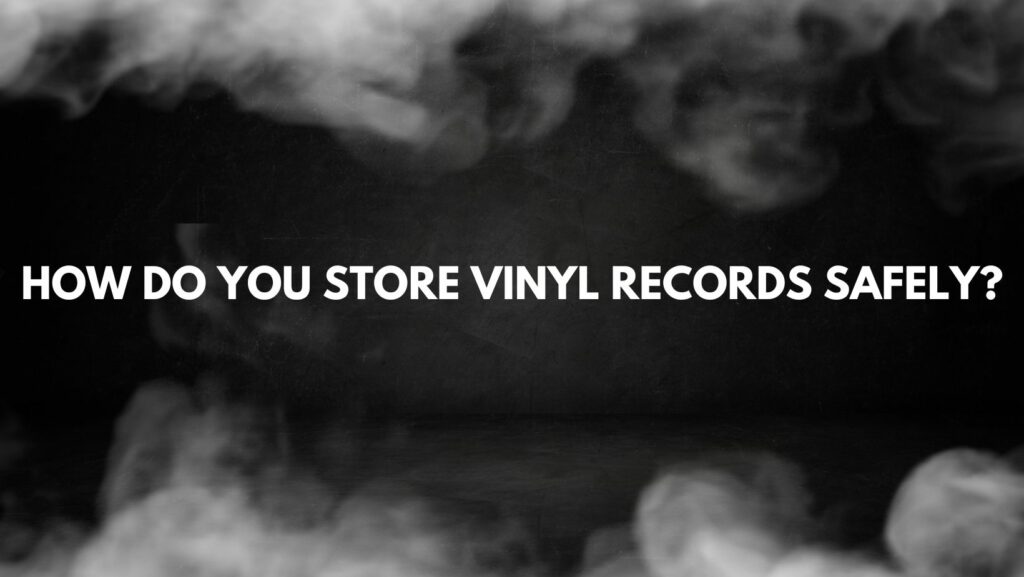For vinyl enthusiasts, the joy of collecting extends beyond the auditory experience to the tangible world of records. Safely storing vinyl records is not just about preserving the sound; it’s an essential practice in conserving the physical artifacts that encapsulate musical history. In this article, we’ll explore the art of vinyl record storage, offering insights and best practices to ensure the longevity and pristine condition of your cherished collection.
- Choose the Right Storage Furniture: Opt for purpose-built vinyl record storage furniture, such as record cabinets or shelves designed specifically for LPs. These items typically feature dimensions that accommodate the size of vinyl records and provide ample space for airflow.
- Store Records Vertically: Storing records vertically, much like books on a shelf, is the most effective way to prevent warping. This position ensures even weight distribution, preserving the structural integrity of the records over time.
- Use Inner Sleeves: Place vinyl records in anti-static, poly-lined inner sleeves. These sleeves not only protect against scratches but also reduce static electricity, preventing the accumulation of dust on the record surface.
- Invest in Outer Sleeves: Protect the album covers with outer sleeves made of polyethylene or polypropylene. These outer sleeves safeguard the covers from dust, moisture, and potential damage, preserving the visual appeal of the artwork.
- Control Temperature and Humidity: Maintain a stable climate in the storage area to prevent issues such as warping, mold, or discoloration. Ideal conditions include a temperature range of 65-70°F (18-21°C) and humidity between 40-60%.
- Avoid Direct Sunlight: Protect records from direct sunlight, as exposure can lead to fading and discoloration of album covers. Store records away from windows and other sources of intense light to preserve the vibrant colors and details of the artwork.
- Regular Cleaning of Storage Space: Periodically clean the storage area and shelves to remove dust and debris. A clean environment minimizes the risk of contaminants settling on the records and ensures optimal storage conditions.
- Create Buffer Space: When arranging records on shelves, leave some buffer space between each record. This prevents friction and abrasion between sleeves, reducing the risk of surface scratches and preserving the pristine condition of the artwork.
- Elevate Storage: If possible, elevate storage units off the ground to minimize the risk of exposure to moisture in case of spills or flooding. Keeping records at an elevated level adds an extra layer of protection.
- Handle Records with Care: When taking records off the shelf, handle them by the edges to prevent fingerprints, oils, and contaminants from reaching the grooves. A gentle touch during handling helps maintain the cleanliness and integrity of the vinyl.
- Regularly Rotate Records: Periodically rotate the records in your collection. This practice ensures that each record receives some exposure to the surrounding environment, preventing potential issues associated with extended storage in a fixed position.
Conclusion:
Storing vinyl records safely is a combination of thoughtful practices and purposeful investments. By following these guidelines, vinyl enthusiasts can ensure that each record remains in optimal condition, ready to deliver the timeless magic of analog sound and visual artistry for years to come. As guardians of musical history, the responsibility lies not just in collecting, but in preserving and celebrating the tangible beauty of vinyl records.


